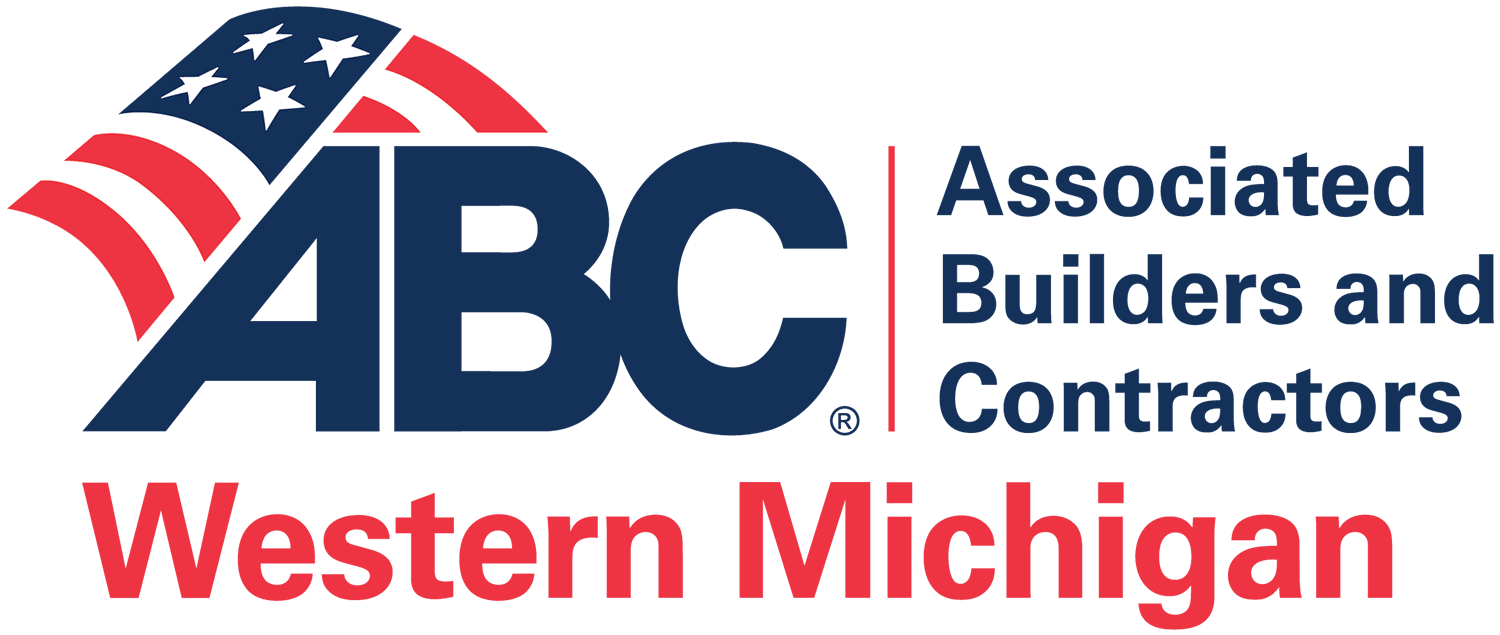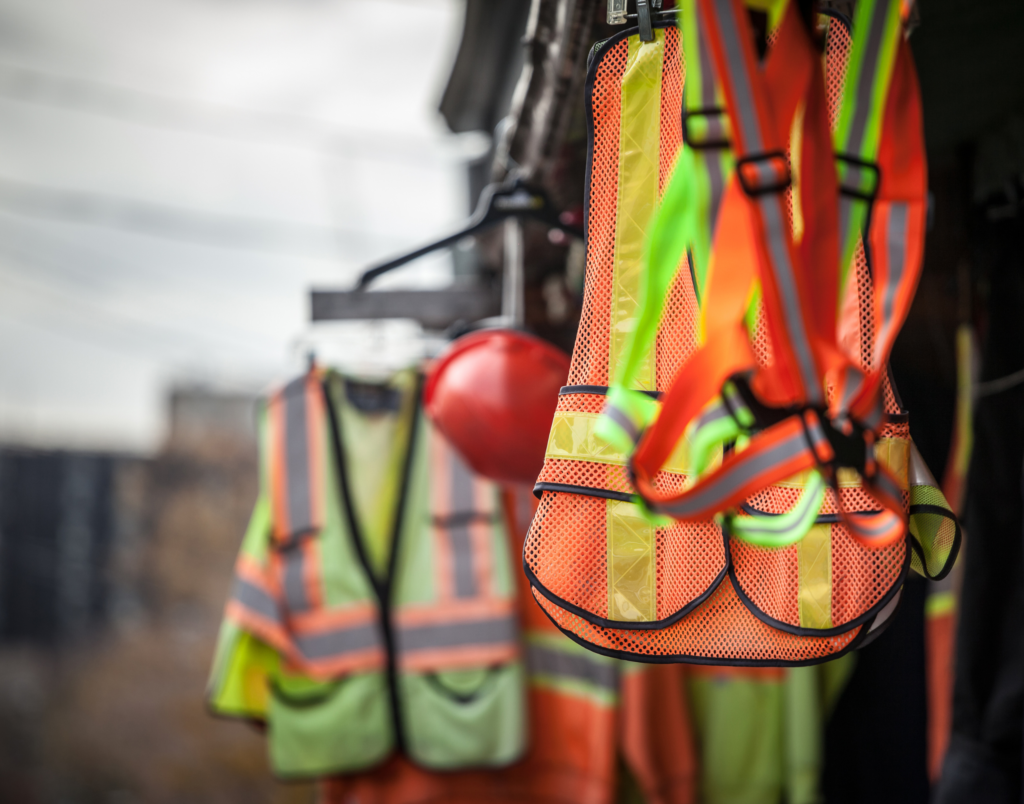OSHA has finalized a revision to its personal protective equipment (PPE) standard for the construction industry, which took effect on January 13, 2025[1][2][3]. This new rule explicitly requires construction employers to provide properly fitting PPE to their workers[1][2].
The updated standard applies to all types of PPE used in construction, including hard hats, gloves, safety glasses, hearing protection, respirators, coveralls, vests, and harnesses[2][3]. By implementing this change, OSHA aims to align the construction industry standard with existing requirements for general industry and shipyards[1][4].
Key Points of the New Rule
- Employers must ensure that all PPE is of safe design and construction for the work to be performed[2].
- PPE must be selected to properly fit each affected employee[2].
- The rule applies to both employer-provided and employee-purchased PPE[2].
Importance of Proper Fit
OSHA emphasizes that properly fitting PPE is crucial for worker safety. Ill-fitting equipment can lead to inadequate protection or even create additional hazards[1]. For example, oversized sleeves or gloves may interfere with tool use or equipment operation, while undersized protective clothing could restrict movement or increase exposure to workplace hazards[1].
Employer Responsibilities
Construction company owners and safety directors should:
- Review their current PPE inventory
- Assess the fit of PPE for all workers
- Obtain additional sizes if necessary
- Update safety training procedures to include proper PPE fitting
While OSHA encourages employers to consult manufacturers’ instructions for proper fit, this is not a strict requirement[2]. Employers have flexibility in selecting PPE that meets their workers’ specific needs and can refer to consensus standards or available fit guidance if manufacturer instructions are unavailable[2].
Enforcement and Compliance
OSHA’s revised rule makes proper PPE fit an enforceable requirement[2]. However, the agency acknowledges that a perfect fit is not always achievable and allows for some flexibility in interpretation[2]. Employers should focus on selecting PPE that adequately protects workers without introducing new risks[2].
By implementing this new rule, OSHA aims to improve worker safety, increase productivity, and potentially expand the market for differently sized PPE, particularly benefiting smaller workers and women in the construction industry[4].
Disclaimer: This information is provided for general educational purposes only and is not intended as legal advice. For specific guidance on compliance with OSHA regulations, consult with a qualified legal professional or contact OSHA directly.
Citations
[1] https://www.osha.gov/laws-regs/federalregister/2024-12-12
[2] https://natlawreview.com/article/oshas-new-ppe-fit-requirements-construction-industry
[3] https://www.shrm.org/topics-tools/news/osha-issues-final-rule-requiring-proper-fit-construction
[4] https://ogletree.com/insights-resources/blog-posts/osha-issues-final-rule-on-personal-protective-equipment-for-construction-workers-but-it-could-start-back-at-square-one/


 It's time for the 4th Annual Angler Classic B
It's time for the 4th Annual Angler Classic B




 Get ready, because the 2025 NCAA March Madnes
Get ready, because the 2025 NCAA March Madnes
